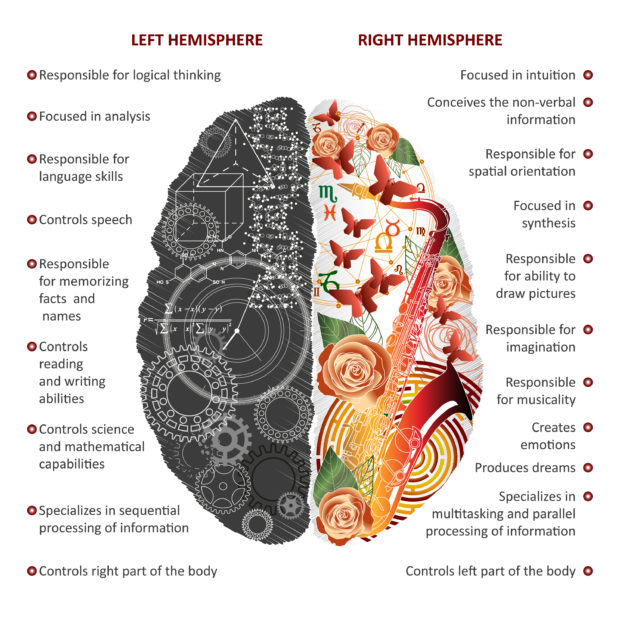One fascinating idea about language is that the human brain can come up with an infinite amount of sentences.
Or even a sentence of infinite length.
Due to something called “recursion” which Noam Chomsky found is essential to human language.
What is recursion?
Consider the following sentence:
The rock is next to the tree.
We can put another “idea” inside the sentence about the rock.
A sentence about the rock could be:
The rock is gray.
Combining the two sentences we get:
The gray rock is next to the tree.
Essentially, we could keep adding an infinite amount of “stuff” in the sentence.
Stuff about the rock (the big gray rock, the big round gray rock, etc.) and stuff about the tree, or stuff about what’s next to the tree, etc.
Because of this “infinity potential” of the length of ONE sentence, Chomsky concluded we must have these “language tree” structures in our brain.
Kind of like a tree itself.
You have the trunk, then the big branches, then the small branches, then the leaves, and then the veins inside the leaves, etc.
Which means with a very simple and small structure, you can create an INFINITE amount of “stuff.”
The very same tree structure is mathematically called a “fractal.”
And the cool thing about fractals is they can be closed systems.
But they enclose a finite amount of space.
But the line around that finite amount of space is INFINITE.
This is precisely how we have these brains that are only a 3 pounds, but since they have tons of these little fractal-like tree structures, these three pounds can think of an INFINITE amount of thoughts.
And store and INFINITE amount of ideas.
And come up with an INFNITIE amount of creative NEW ideas.
But (and it’s a big but) it doesn’t happen passively.
You can’t just sit there while your brain does all the work.
You have to engage with it.
Use it to think different thoughts in different ways.
Exercise it every day like a muscle.
Most people don’t do that.
They’d rather use this MIRACULOUS organ that the best scientists can’t yet understand to find out what’s happening on FACEBOOK.
Or TV.
Or to complain how hard it is to make money, or meet girls, or whatever.
Most people use their brains to come up with the best and most creative excuses why they CAN’T get what they want.
Instead, why not use that 3 pound miracle hunk of brain matter to come up with creative ways TO get what you want?
Learn More:









